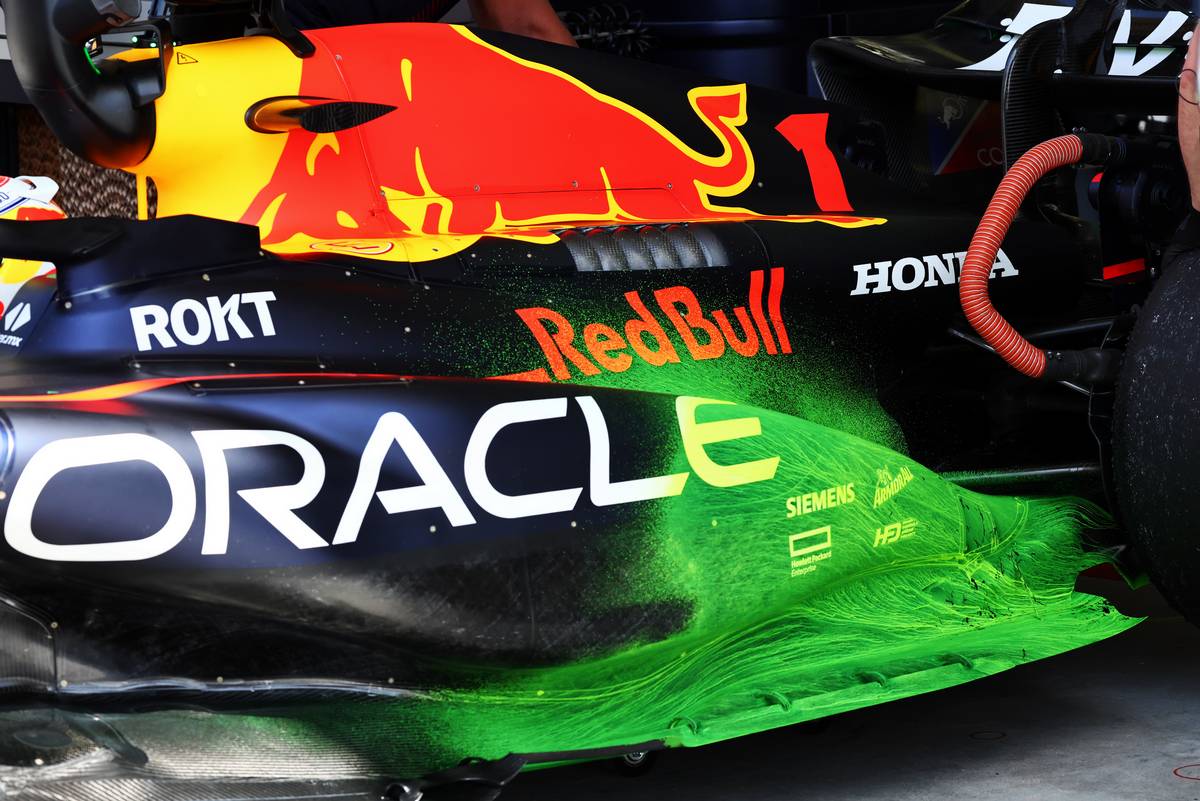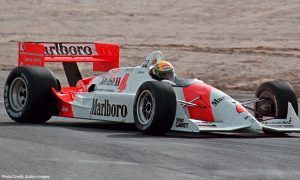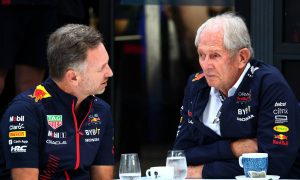
Christian Horner is convinced that Red Bull’s rivals will take inspiration from their dominant 2023 season as he expects multiple teams to unveil 2024 designs bearing a striking resemblance to the bulls’ championship winning RB19.
Red Bull’s banner year concluded in Abu Dhabi last November with an incredible 21 out of 22 win rate, with Max Verstappen – a 19-time winner last season – claiming his third F1 world title.
The competitive nature of F1 logically encourages teams to analyze and replicate successful models to close the performance gap.
The RB19 design – the most successful car in F1 history – undeniably proved superior in key aspects, meaning rival teams are likely to incorporate similar traits to boost their performance.
And indeed they already had last season with Red Bull’s downwash sidepod ramp solution becoming a widespread feature on the grid over the summer.
But while imitation remains the sincerest form of flattery, Horner says that F1’s current ground-effect regulations are approaching a point of “diminishing returns” for Red Bull, which should make it increasingly difficult for the team to gain a significant advantage through development.
“It’s been a very special period for the team and, hopefully, we can carry that momentum into next year,” Horner told the media, quoted by Speedcafe.
“But I’m fully expecting, with stable regulations, there will be diminishing returns for us because I think we got to the top of the curve quicker than others.

“The field is going to converge, and for us, it’s difficult to know who that will be. Will it be McLaren? Will it be Ferrari? Will it be Mercedes? It keeps moving around behind us.
“But that’s what we’re fully expecting as we go into next year.”
Red Bull’s commanding performance in 2023 provided the team with a head start on its 2024 development programme.
That scary fact hasn’t been lost on its rivals, and yet Horner is excluding another steam-rolling campaign by his team, again because of a case of “diminishing returns” on the development front. .
“There’s always a reset as you go into the following year,” he said.
“I’m convinced you’ll see a lot more cars that perhaps look like an RB19 philosophy going into next year. It’s inevitable they would do.
“If you stand still in this business, you tend to go backward, and I think we got up that curve quicker than others but, as I say, we’re into a law of diminishing returns.”

Red Bull's dominance in 2023 has come at a cost, as the team now faces a number of restrictions on their wind tunnel and computational fluid dynamics (CFD) usage in accordance with F1's sliding scale Aerodynamic Testing Regulations.
These limitations have made it more difficult for Red Bull to develop their car further, and they are likely to play a role in narrowing the gap between the team and its rivals in 2024.
Unsurprisingly, Red Bull’s 2024 war bull will be an evolution rather than a revolution relative to its predecessor.
“Of course, with the lack of wind tunnel time that we’ve had, even though we transitioned early, we still had less time, in practice, than a great many of our opponents,” said Horner.
“So we’ve had to be very frugal and selective of where we apply that time for RB20, that will try to build on the strengths of 19.”
“All areas have been revisited in the car, and we can’t afford to have any complacency, so the car is very much an evolution of a theme. We’re not reinventing the wheel.
“That has been very much the route of the engineering path over the last 12 months.”
Keep up to date with all the F1 news via Facebook and Twitter






